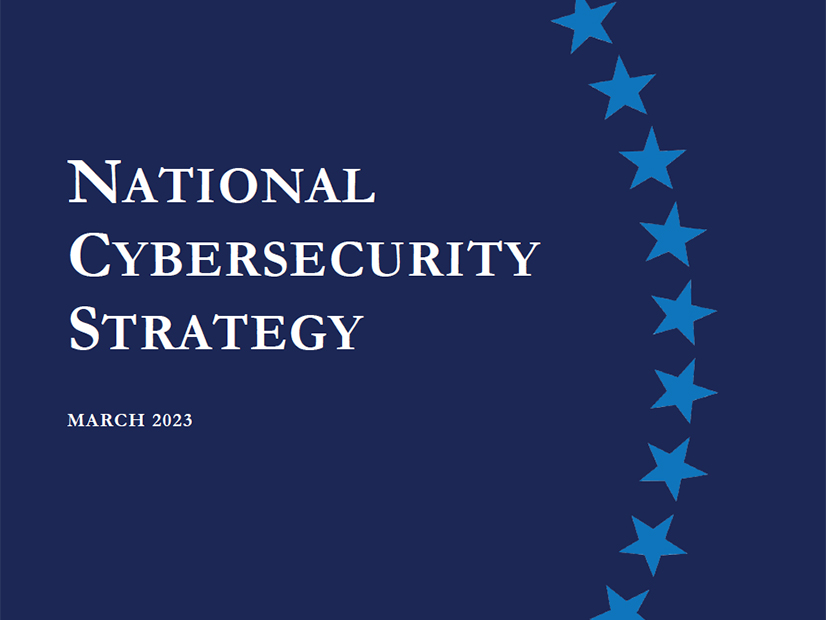Budget Set to Grow 8% in 2024
The Texas Reliability Entity’s Board of Directors voted to approve the organization’s 2024 business plan and budget, along with accepting its 2022 financial statements, at their open meeting on Wednesday.
The regional entity’s 2024 budget includes $19.2 million in statutory expenses, up 8% from the 2023 budget. Texas RE attributed the increase to the addition of three full-time equivalent staff in the Compliance Monitoring and Enforcement program, the Reliability Assessment and Performance Analysis program, and the Information Technology department, along with a 10% increase in employee health benefit expenses.
Meeting and travel expenses are also expected to increase by $29,000, or 7.7%, over the 2023 budget. The operating expenses budget is shrinking by 4.5%, a total that includes decreases of 3.5% in consultant and contractor costs and 7.5% in rent and maintenance on the RE’s new office space.
Texas RE’s statutory assessment is set to grow to $18.8 million next year, an increase of 9.5% from the 2023 assessment.
Henry Previews Reliability Assessment
Texas RE’s upcoming Assessment of Reliability Performance will reiterate recent warnings about the reliability performance of inverter-based resources such as wind and solar, according to Mark Henry, the organization’s director of reliability services and registration.
The RE produces the assessment each year to supplement NERC’s State of Reliability report. Like NERC’s report, the Assessment of Reliability Performance reviews the performance of the Texas grid over the previous year. Henry observed that despite NERC’s efforts to survey the entire continent, Texas grid planners felt that “things that happened in the East tend to predominate” the ERO’s report. As a result, the RE felt it would help local utilities to highlight regional issues.
This year’s document will include events such as the 2022 Odessa disturbance, in which the Texas interconnection lost more than 2.5 GW of solar PV and synchronous generation a bit more than a year after a similar event in the same area. (See NERC Repeats IBR Warnings After Second Odessa Event.) It will also look at nationwide trends such as the rise in gunfire damage to electric facilities, which Henry said is occurring in Texas as well despite not being as widely publicized as events such as last year’s rifle attacks on substations in North Carolina.
Discussing reliability trends in the region more broadly, Henry acknowledged that the RE once again fell within the brightly shaded section in NERC’s recently released 2023 Summer Reliability Assessment, referring to the ERO’s practice of shading regions at higher risk of suffering electricity supply shortfalls in orange or red rather than the gray of low-risk areas. (See NERC Warns of Summer Reliability Risks Across North America.)
“We don’t feel like there’s anything immediately lacking in what we do, but … after [Winter Storm] Uri everybody understands there are situations that couldn’t have occurred 20 years ago, but we need to be cognizant and not ignore them anymore,” Henry said.
Zero-trust, Cybersecurity’s New Focus
Kenath Carver, Texas RE’s director of cybersecurity outreach and CIP compliance, told the Member Representatives Committee earlier in the day that the federal government’s current National Cybersecurity Strategy is emblematic of a “paradigm shift” in the cybersecurity sector.
“We’re talking about what’s inside the networks … the bad actor coming in,” Carver said. “Well, now we’re talking about the center of a Tootsie Pop, the center of the Earth, the core, where we need to be a little bit more cognizant on what’s going on in our networks. It doesn’t have to be a bad actor, right?”
He said the government and FERC are committed to zero-trust architecture, defined as a strategic approach that secures an organization by eliminating implicit trust and continuously validating every stage of a digital interaction. The commission in January issued Order 887, directing NERC to study new reliability standards for internal network security monitoring within a trusted CIP-networked environment (RM22-3).
“Zero-trust is basically you’re not trusting yourself,” Carver said. “We could be doing things internal to our networks that may be causing some issues or accidentally causing an issue. Because if someone got in, how would we know? Are we monitoring that? Are we alerting that? There’s a check and balance with everything that you do internal into your network.”
As part of the study, NERC is determining whether to apply internal network security monitoring to low-impact cyber systems, Carver said.
The Biden administration in March released its National Cybersecurity Strategy, which has five pillars:
- Defend critical infrastructure.
- Disrupt and dismantle threat actors.
- Shape market forces to drive security and resilience.
- Invest in a resilient future.
- Forge international partnerships to pursue shared goals.
The MRC also approved the NERC Standards Review Forum revised charter. The forum’s members added clarification around periodically reviewing its membership to ensure an accurate roster of members and revised its non-disclosure agreement for guests to its closed sessions.




